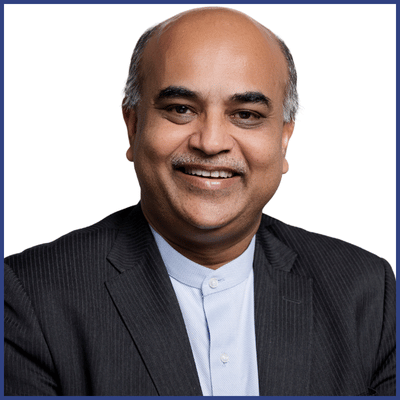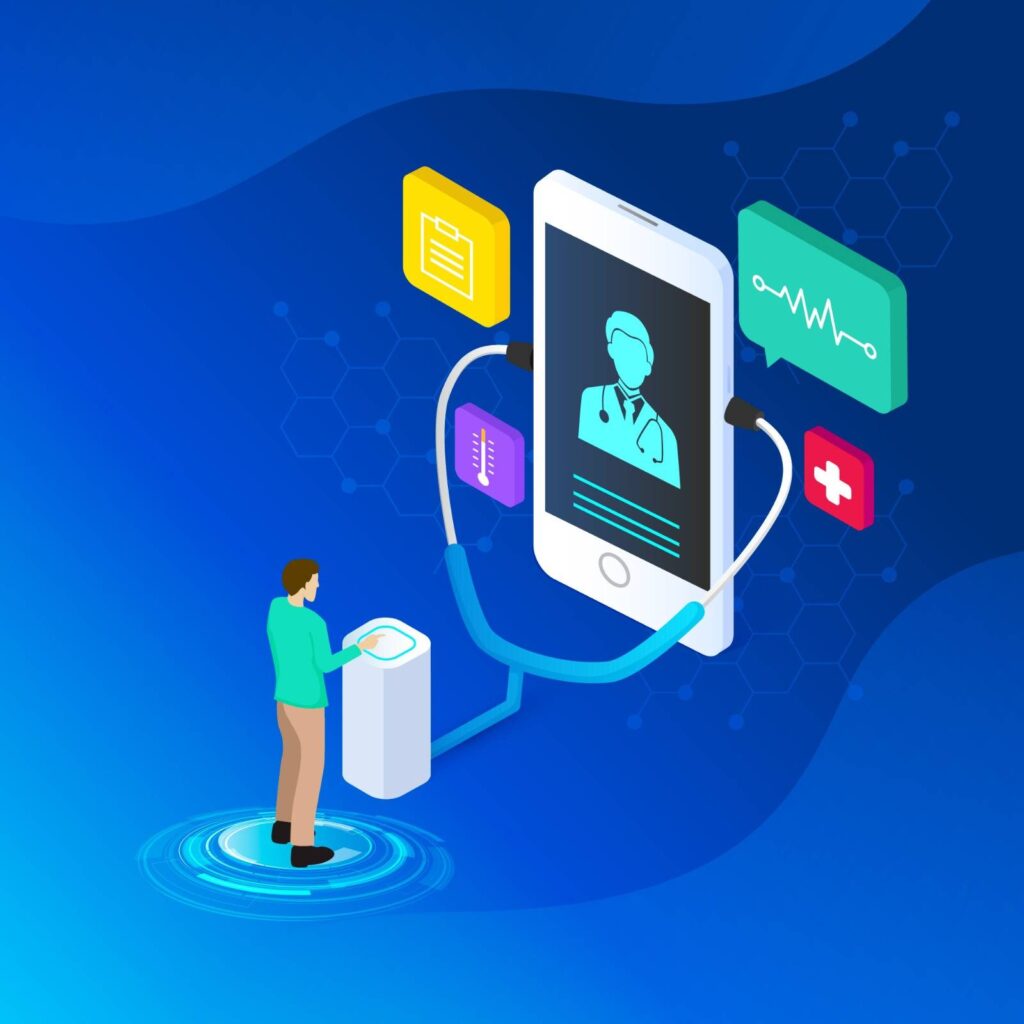
At InnoHEALTH Conference 2024, we had the privilege of speaking with Dr. Shirshendu Mukherji, an esteemed microbiologist and medical microbiologist with over 30 years of experience in healthcare innovation. His work has been instrumental in supporting innovative and affordable solutions in India and beyond. Dr. Mukherji has also played a crucial role in leading initiatives like Grand Challenges India and Mission COVID Suraksha, both of which have aimed to develop impactful healthcare solutions for pressing global health challenges.
The Power of Innovation in Healthcare
Reflecting on his session at the conference, Dr. Mukherji shared insights on the importance of impactful healthcare innovations. He paid tribute to Rear Admiral surgeon Dr. V.K. Singh, a mentor and a pioneer in fostering innovation within the medical community. Singh’s contributions extended beyond his service in the armed forces—he guided young innovators on grant writing and identifying unmet healthcare needs, helping them transform ideas into practical solutions.
Dr. Mukherji emphasized that true innovation must reach the common man—it should be affordable, accessible, and of high quality. He pointed out that while research and discoveries often happen in laboratories, their true value lies in real-world application. Innovation should not just exist in research papers or on shelves; it needs to be implemented in a way that impacts lives at scale.
Overcoming Challenges in Healthcare Innovation
When asked about the challenges in healthcare innovation, Dr. Mukherji acknowledged that obstacles are inevitable. He quoted Swami Vivekananda, saying, “The day you do not come across a problem or obstacle, take it for granted you are trotting on the wrong path.”

He stressed that innovation in healthcare is not a solo endeavor—it requires a collaborative, multidisciplinary approach. A successful innovation team should include:
- Scientists to develop the idea
- Clinicians to validate its practicality
- Regulatory experts to ensure compliance
- Intellectual property professionals to handle patents
- Business strategists to plan production and market entry
- Funding agencies to provide financial support
Each of these roles plays a critical part in bringing innovation from concept to reality. Without a well-rounded team, even the best scientific ideas might not reach the people who need them most.
The Evolution of Healthcare Innovation in India
Dr. Mukherji noted that in the last decade, India’s innovation ecosystem has grown tremendously. A significant factor behind this growth is the increased government support for healthcare innovation. Unlike before, today’s innovators no longer struggle with a lack of funding—there are multiple funding opportunities available for promising projects.
However, securing funding is not just about having a great idea. According to Dr. Mukherji, funding agencies look for:
- Strong scientific foundation
- A capable team
- A clear exit strategy
- A compelling story
He beautifully compared innovation to a fairy tale, stating that just like in stories that start with “Once upon a time” and end with “They lived happily ever after”, an innovation should have a clear beginning, a purpose-driven journey, and a meaningful impact on society.

Innovation for Underserved Communities
One of the most pressing concerns in healthcare is ensuring that innovations reach underserved communities. Dr. Mukherji advocates for a reverse approach to innovation—instead of starting with technology and finding its use, innovators should first identify a critical gap in the community and then work backward to find scientific and technological solutions.
By focusing on real-world needs first, healthcare innovations can have a greater, more meaningful impact, especially for populations that have limited access to quality healthcare.
Final Thoughts
Dr. Mukherji’s insights underscore the fact that healthcare innovation is more than just science—it’s about making a difference. With the right combination of vision, collaboration, and perseverance, it is possible to bridge the gap between research and real-world healthcare solutions.
As the healthcare landscape continues to evolve, the key takeaway from his discussion is that innovation should always serve a purpose—to improve lives, especially for those who need it most.
Composed by:
InnoHEALTH magazine digital team
Listen to the full podcast on our YouTube channel: https://www.youtube.com/watch?v=DqxySMmh4-U

